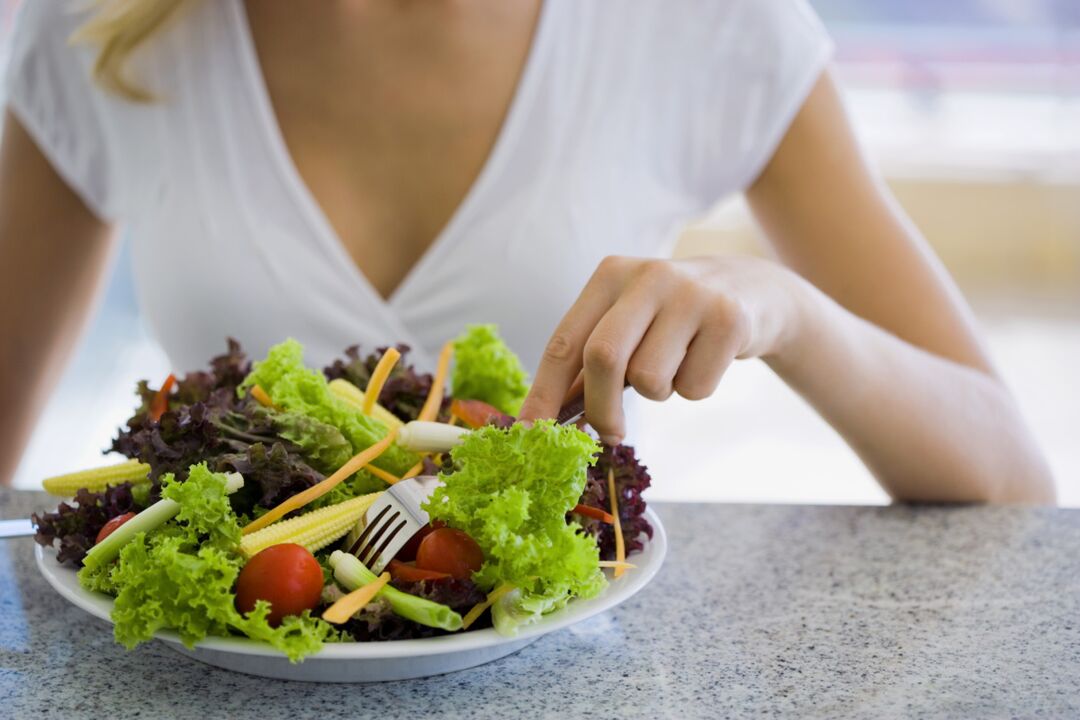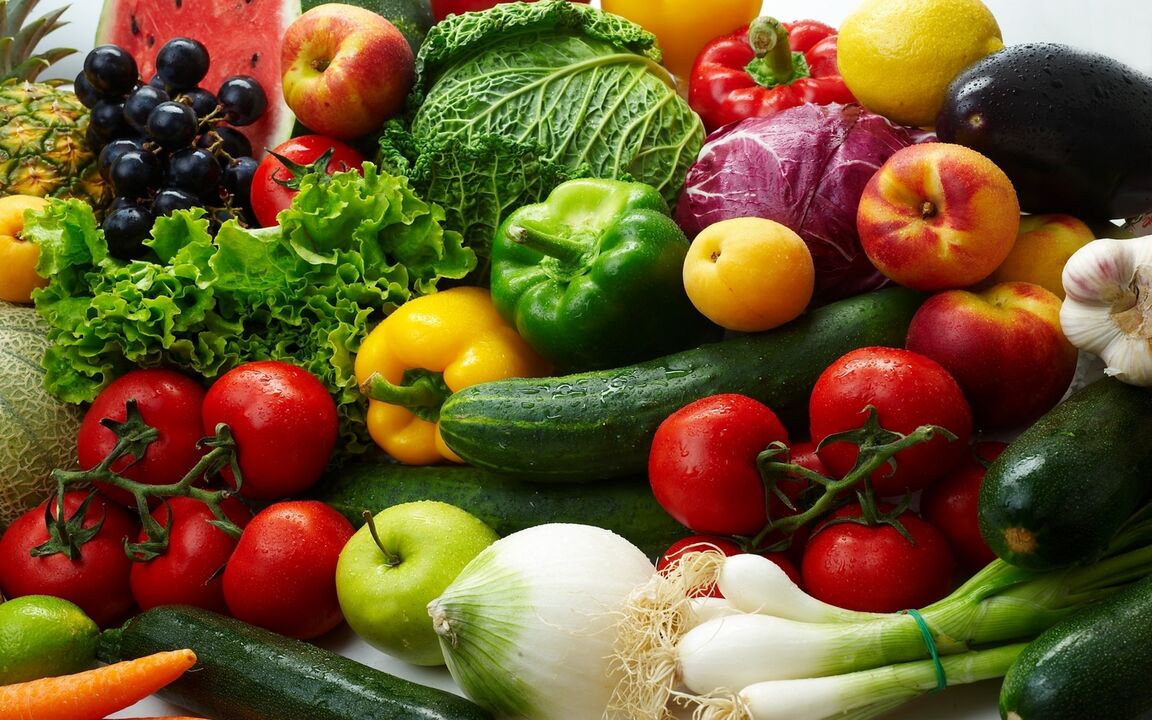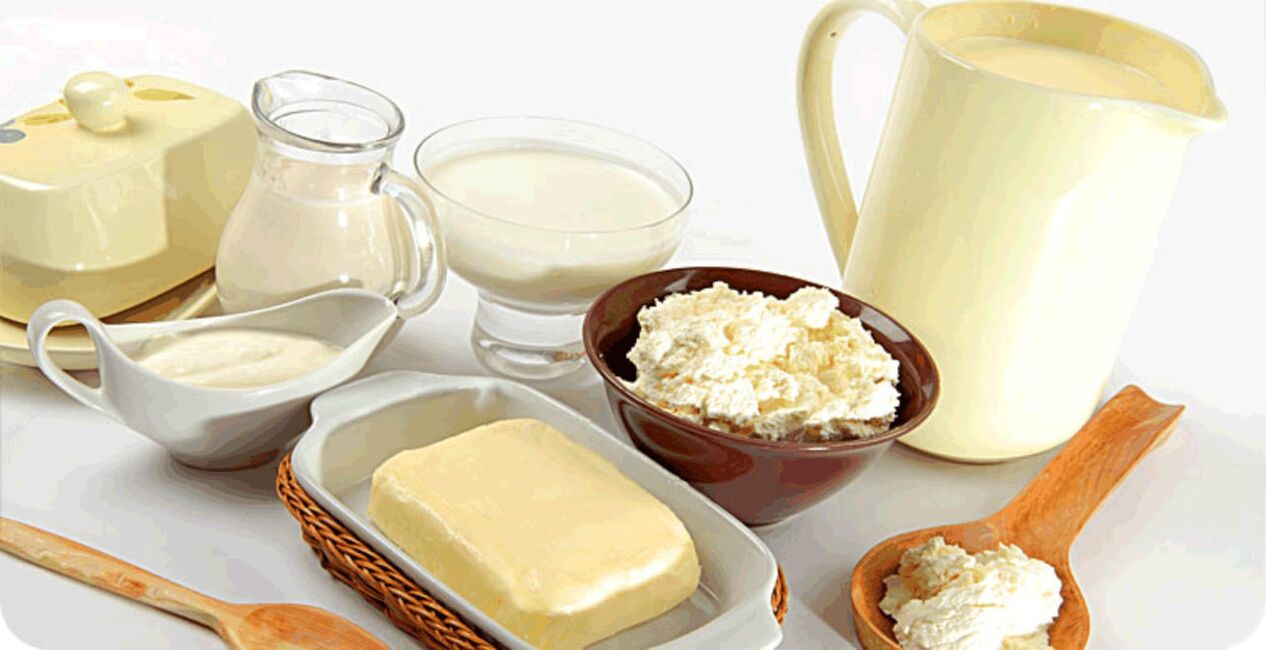For serious diseases, especially autoimmune diseases, medical treatment alone is not enough. In addition to medication, physiotherapeutic procedures are prescribed to the patient and adherence to a special nutritional regime is recommended. You also need a diet for gout and high uric acid.
What substances increase uric acid
A sign of acute pain in the joints and redness of the skin violation of uric acid metabolism and complications due to its excess. Urea percentage in the blood usually increases due to metabolic disorders. Acid-bound salts turn into stones and lead to gout and urolithiasis.
First of all, diseases occur in people with a genetic predisposition, but an unhealthy lifestyle also contributes to an increase in uric acid levels. Excessive consumption of alcohol, flour products, sweets, fatty and spicy foods, as well as improper nutrition, can trigger restrictions on the development of the disease.
The diet for gout is not temporary, but permanent, and cannot be overcome. Nutritional principles for gouty diseases can be distinguished:
- Total exclusion of products containing purines: products from cocoa beans, tea, river fish, sprats, herring, sardines, asparagus, spinach, legumes, fatty beef and pork, liver.
- Decreased protein intake increases urates content.
- Drink plenty of water to remove uric acid and salts.
- Eliminate or significantly reduce salt intake. If consumed, then in small quantities during cooking.
- Properly balanced diet and diet, in which the body can get all the necessary substances without being overburdened.

What foods can be eaten
Since the diet for gout and high uric acid is permanent, it should become a habit, a way of life. It is best to eat according to plan, that is, all products and dishes should be provided in advance. Otherwise, there is a chance to break loose and consume harmful product. Of course, for this you need to consult a doctor and make a list of approved foods. The list of things that can be eaten and from which you can cook dishes for gout includes the following products:
- certain types of meat and fish (chicken, turkey, rabbit meat). The meat is simply cooked and lean;
- seafood;
- eggs (no more than one per day);
- vegetable oils (butter can also be consumed, but rarely and to a limited extent);
- cereals (excluding rice) and pasta;
- abundant consumption of vegetables, fruits and herbs is recommended, with one small exception - parsley, celery, radish;
- dairy products should be fat - free yogurt, kefir, fermented baked milk, unsalted cheese;
- it is best to exclude spices, but sometimes you can use small amounts of bay leaf, cinnamon, vanilla, vinegar;
- from sweet but natural products - honey, jam, marmalade;
- alcohol should be completely excluded, but in very rare cases no more than 100 g of vodka may be allowed;
- from drinks - normal water and minerals, juices from approved fruit, rosehip broth, chicory, fruit drink.

What not to eat
In addition to the foods that are allowed to be eaten, you need to decide on those that can be eaten not only raw, but also cook any dishes:
- sausages and fatty meats;
- tomatoes, asparagus, cauliflower, spinach;
- canned vegetables and canned fish and meat;
- mushrooms in any form;
- fatty dairy products;
- animal fats;
- plums;
- smoked products (fish, meat);
- spices;
- sweets, especially with an abundance of cream;
- spicy and salted cheeses.

The list of permitted and prohibited products should be tailored to each individual case. If the patient has concomitant diseases, such as diabetes mellitus or diseases of the internal organs, this must also be taken into account. It should also be remembered that different types and stages of gout require temporary restrictions, even for a selected diet. So with aggravation, meat and fish are completely excluded.
If a person suffers from swelling of the joints, it is recommended to use watermelon and herbal decoctions.
Correct menu
It is important not only to know what can be consumed, but also about the conditions for deciding which dishes are right for you. For breakfast, it is recommended to give priority to nutritious and high-calorie, but simple dishes. Good fit: cereals, cheesecakes, scrambled eggs with vegetables, pancakes. For lunch, it is better to choose the first course of vegetables, cooked meats, steamed meatballs or cutlets, compotes, vegetable salads, milk soups and cereals.
Dinner should be light, but do not leave you hungry. It is best to choose dishes from vegetables, low-fat dairy products: vegetable casseroles and cottage cheese, pancakes with jam, kefir, dried fruit, steamed fish with vegetables, etc. Once a week, nutritionists advise arranging a fasting day. But in no case do without food at all! On such days, fruits and vegetables in small quantities, as well as sour milk products, are ideal.
In any case, the attending physician and nutritionist should determine which foods are edible and which should be excluded. Choosing a diet for yourself is not safe - in the process of treating one disease, you can get another.














































































